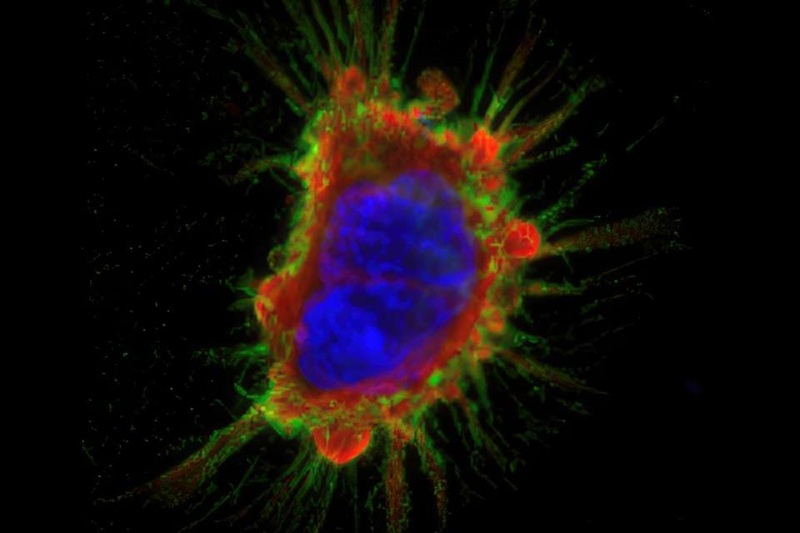PET/CT Superior at Lesion Detection for Head and Neck Paragangliomas than Gold Standard MRI
Posted on 27 Jun 2024
Head and neck paragangliomas (HNPGLs) are rare neuroendocrine tumors that present significant diagnostic and therapeutic challenges due to their complex locations. Imaging plays an essential role in managing these tumors. Although MRI is typically used for preoperative assessment and follow-up, its capacity to distinguish between residual tumors and postoperative changes like scar tissue is somewhat limited. Now, a new imaging technique, 68Ga-DOTATATE PET/CT, offers a more precise differentiation between residual or recurrent tumors and post-surgical scar tissue in patients with HNPGLs, outperforming MRI. This method provides valuable functional details about the tumors, suggesting it could be crucial in enhancing strategies for preoperative and postoperative treatment planning in HNPGL patients.
Researchers at University Hospital Cleveland Medical Center (Cleveland, OH, USA) conducted a study involving 25 patients, some with a preoperative clinical suspicion of HNPGLs (five patients) and others with postoperative pathology-confirmed HNPGLs (20 patients). These patients underwent both 68Ga-DOTATATE PET/CT and MRI scans. A nuclear medicine physician with expertise in 68Ga-DOTATATE PET/CT reviewed all images. The results showed that 68Ga-DOTATATE PET/CT was superior in detecting lesions and more accurately defining the tumor extent in HNPGL patients compared to MRI. It also excelled in distinguishing between recurrent or residual tumors and postoperative scar tissue, demonstrating higher sensitivity and specificity than MRI alone.
.jpg)
“68Ga-DOTATATE PET/CT holds promise as a reliable imaging biomarker for HNPGLs, offering enhanced sensitivity and specificity compared to conventional imaging modalities,” said Patrick Wojtylak, MSHA, CNMT, Radiology System Manager for Nuclear Medicine at University Hospital Cleveland Medical Center. “Integrating 68Ga-DOTATATE PET/CT into the clinical management of HNPGLs can lead to more accurate diagnosis, better treatment planning, and improved patient outcomes.”
Related Links:
UH Cleveland Medical Center













